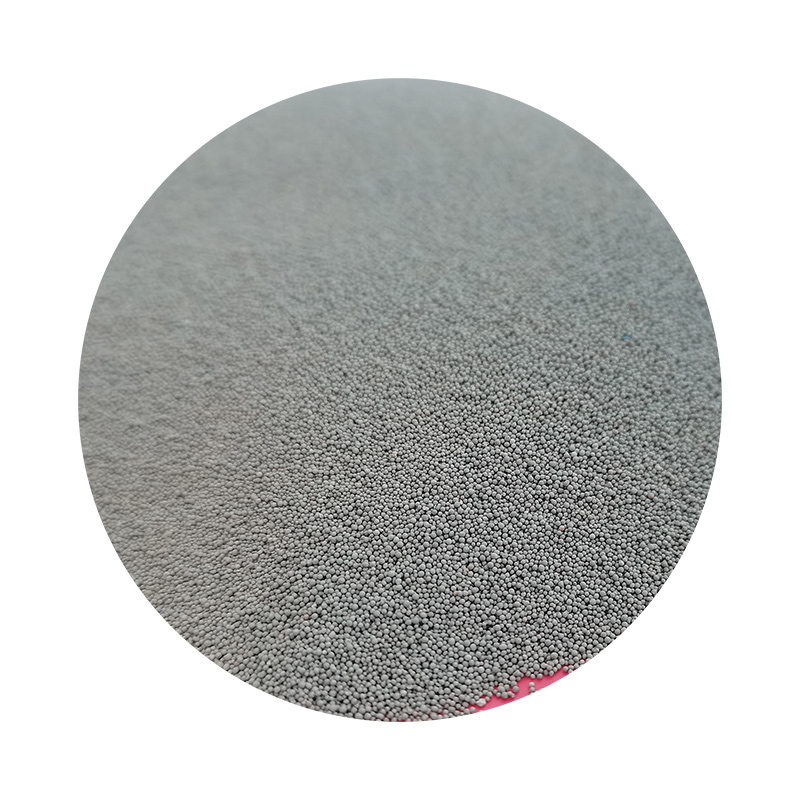

As sand ceramic continues to gain traction, its applications in art and decor have also become prominent. Artisans appreciate its moldability, allowing them to craft intricate designs and sculptures. The material's natural color palette lends itself perfectly to a range of artistic expressions, whether in contemporary art pieces or traditional installations. A significant aspect of sand ceramic’s appeal is its compatibility with modern technology. Advanced manufacturing techniques, such as 3D printing, have been integrated into the production of sand ceramic elements, pushing the boundaries of design and utility. This technological synergy not only enhances the precision of products but also reduces production time and costs, making high-quality sand ceramic items more accessible to the market. Safety is another critical factor driving the popularity of sand ceramic. Its non-toxic composition ensures it does not emit harmful substances, an essential consideration for indoor air quality, particularly in residential and commercial buildings. Moreover, its fire-resistant properties add a layer of safety, reducing the risk of fire-related damages. In conclusion, sand ceramic is a versatile material that intersects ecological sustainability with practical functionality. Its rising popularity across various industries—from construction to art—demonstrates the material's potential to revolutionize traditional practices. As more professionals recognize the benefits of sand ceramic, it is poised to become a staple material, offering renewed possibilities for innovation and creativity in both functional and aesthetic domains. Post time:jan . 09, 2025 12:00
Next:ceramic sand
